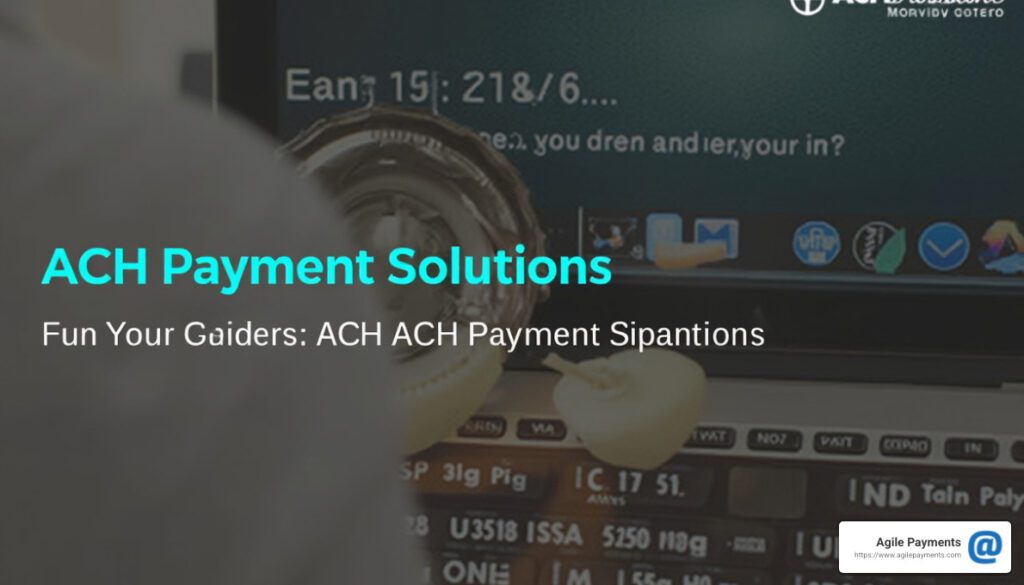Payment Gateway Integration API (PGI API) is a crucial component for businesses that operate online, providing a bridge between the e-commerce platform and the payment processing network. It’s essential in processing online transactions securely and seamlessly, ensuring that customers can pay for products or services with ease. A robust Payment Gateway API enhances the checkout experience by streamlining the payment process, which directly influences the customer experience — a pivotal factor for customer retention and satisfaction.
 The integration of a payment gateway requires careful consideration of security, compatibility, and user experience. It must adhere to various compliance standards to protect sensitive financial information, such as the Payment Card Industry Data Security Standard (PCI DSS). Furthermore, to accommodate a broad customer base, the payment gateway should support a wide array of payment methods, including credit cards, debit cards, and digital wallets.
Businesses prioritize a smooth checkout experience to minimize cart abandonment rates and optimize conversion. Therefore, the design and functionality of the PGI API should promote a quick and effortless transaction process. An effective API integrates seamlessly with the existing infrastructure, allowing businesses to offer a reliable and consistent payment experience across different platforms and devices.
The integration of a payment gateway requires careful consideration of security, compatibility, and user experience. It must adhere to various compliance standards to protect sensitive financial information, such as the Payment Card Industry Data Security Standard (PCI DSS). Furthermore, to accommodate a broad customer base, the payment gateway should support a wide array of payment methods, including credit cards, debit cards, and digital wallets.
Businesses prioritize a smooth checkout experience to minimize cart abandonment rates and optimize conversion. Therefore, the design and functionality of the PGI API should promote a quick and effortless transaction process. An effective API integrates seamlessly with the existing infrastructure, allowing businesses to offer a reliable and consistent payment experience across different platforms and devices.
 Integrating a payment gateway is a critical step for online merchants to facilitate transactions. It requires careful selection of the gateway, understanding the integration methods, ensuring essentials are in place, and performing rigorous testing before going live.
Integrating a payment gateway is a critical step for online merchants to facilitate transactions. It requires careful selection of the gateway, understanding the integration methods, ensuring essentials are in place, and performing rigorous testing before going live.
 Integrating a payment gateway API effectively involves leveraging advanced features for diverse payment methods and ensuring top-notch security while optimizing the user experience and adhering to relevant compliances and regulations.
Integrating a payment gateway API effectively involves leveraging advanced features for diverse payment methods and ensuring top-notch security while optimizing the user experience and adhering to relevant compliances and regulations.
 The integration of a payment gateway requires careful consideration of security, compatibility, and user experience. It must adhere to various compliance standards to protect sensitive financial information, such as the Payment Card Industry Data Security Standard (PCI DSS). Furthermore, to accommodate a broad customer base, the payment gateway should support a wide array of payment methods, including credit cards, debit cards, and digital wallets.
Businesses prioritize a smooth checkout experience to minimize cart abandonment rates and optimize conversion. Therefore, the design and functionality of the PGI API should promote a quick and effortless transaction process. An effective API integrates seamlessly with the existing infrastructure, allowing businesses to offer a reliable and consistent payment experience across different platforms and devices.
The integration of a payment gateway requires careful consideration of security, compatibility, and user experience. It must adhere to various compliance standards to protect sensitive financial information, such as the Payment Card Industry Data Security Standard (PCI DSS). Furthermore, to accommodate a broad customer base, the payment gateway should support a wide array of payment methods, including credit cards, debit cards, and digital wallets.
Businesses prioritize a smooth checkout experience to minimize cart abandonment rates and optimize conversion. Therefore, the design and functionality of the PGI API should promote a quick and effortless transaction process. An effective API integrates seamlessly with the existing infrastructure, allowing businesses to offer a reliable and consistent payment experience across different platforms and devices.
Integrating the Payment Gateway
 Integrating a payment gateway is a critical step for online merchants to facilitate transactions. It requires careful selection of the gateway, understanding the integration methods, ensuring essentials are in place, and performing rigorous testing before going live.
Integrating a payment gateway is a critical step for online merchants to facilitate transactions. It requires careful selection of the gateway, understanding the integration methods, ensuring essentials are in place, and performing rigorous testing before going live.
Choosing the Right Gateway
Selecting an appropriate payment gateway is crucial as it affects the transaction process, available payment options, and the overall customer experience. Merchants must consider factors like:- Supported payment methods: Credit cards, bank transfers, e-wallets.
- Security protocols: Look for features such as SSL encryption, tokenization, and PCI DSS compliance.
- Compatibility: Ensure the gateway integrates seamlessly with current systems and is scalable.
Integration Methods
There are various integration methods available:- Hosted payment pages redirect customers to the payment processor’s platform to complete transactions.
- API integrations allow payments within merchant’s environment, providing a smoother user experience.
- SDKs (Software Development Kits) offer a bundle of tools for mobile app integrations to create a native payment experience.
Implementation Essentials
To implement a payment gateway successfully, developers require access to thorough documentation and developer resources. Essentials include:- Security: Implementation of robust authentication and encryption measures to protect customer data.
- Design: The UI/UX should be intuitive, aiding in a seamless transaction process.
- Endpoints: Integration must configure the API endpoints accurately for processing orders.
Testing and Go-Live
Before going live, thorough testing in a sandbox environment is mandatory. This phase involves:- Testing Environment: Use a sandbox to simulate the payment process without actual transactions.
- Transaction Testing: Test all payment methods and scenarios to ensure they work as expected.
- Monitoring: After going live, continuous monitoring helps in identifying and resolving any issues early.
Advanced Features and Best Practices
 Integrating a payment gateway API effectively involves leveraging advanced features for diverse payment methods and ensuring top-notch security while optimizing the user experience and adhering to relevant compliances and regulations.
Integrating a payment gateway API effectively involves leveraging advanced features for diverse payment methods and ensuring top-notch security while optimizing the user experience and adhering to relevant compliances and regulations.




